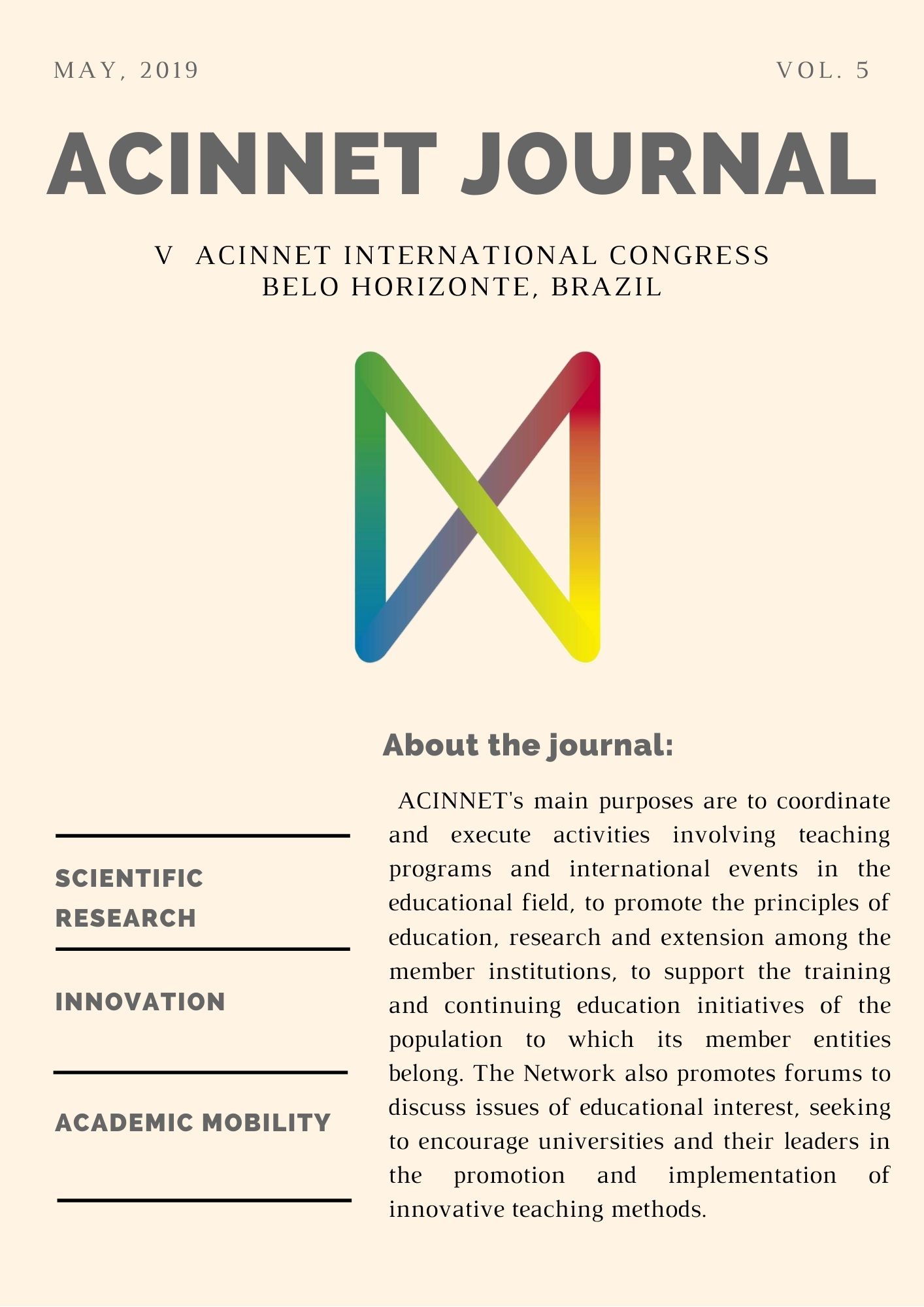EFFECT OF GOLD NANOPARTICLES ON ENERGETIC INFLAMMATORY PARAMETERS AND METABOLISM IN OBESE RATS
Keywords:
obesity, nanotechnology, gold nanoparticles, energy metabolismAbstract
Obesity is characterized by excess fat in the body, which can lead to the development of serious health complications. An unprecedented therapy for obesity involving nanotechnology has been suggested, specifically Gold Nanoparticles (GNPs) in biochemical and inflammatory conditions in obese rats. 18nm GNPs were synthesized, isolated or associated with soy lecithin, administered intraperitoneally to mice once a day, which can be administered in a single dose or over 14 days. After 24 hours of administration, the animals were euthanized, tissues were collected to assess the concentration of GNPs and serum to assess liver and renal toxicity. After this stage, the mice were exposed to obesity with a control diet (normolipidic) or obese diet (hyperlipidic) being treated with saline or PNB after 8 weeks, once a day, for 14 days, until completing 10 weeks of the experiment. Body weight and food intake were monitored frequently. A higher concentration of GNPs was found in the tissues when administered alone, without hepatic or renal damage. In obese mice, the application of GNPs did not affect body weight and visceral fat, but reduced food intake. GNPs showed a beneficial effect on inflammation and oxidative stress, without reversing mitochondrial dysfunction and their use was positive, implying a reduction in dietary intake, inflammatory conditions and oxidative stress, showing a promise in the treatment of obesity.



